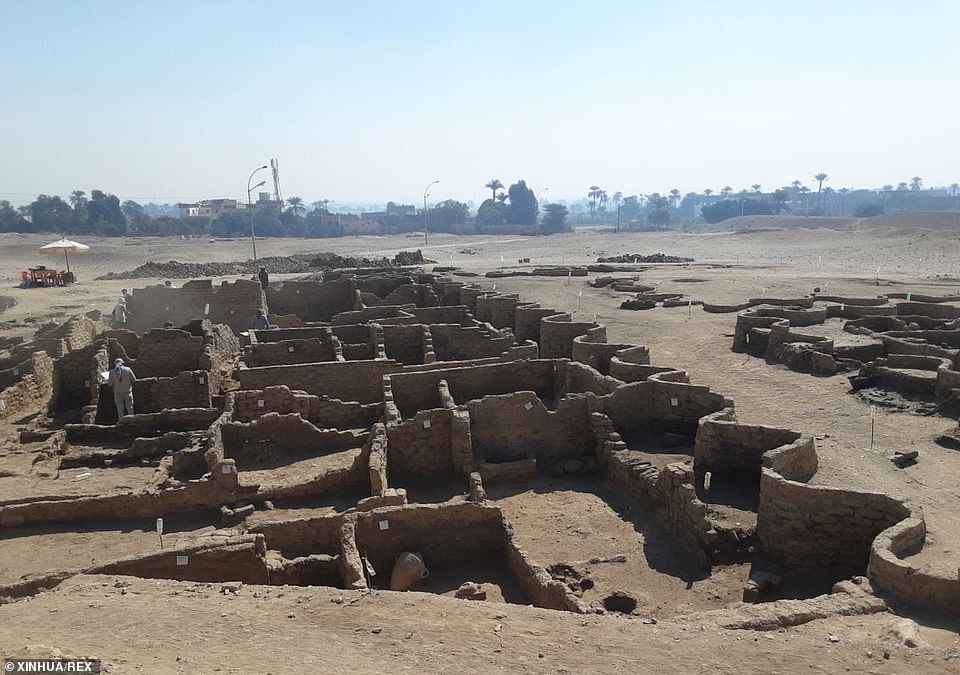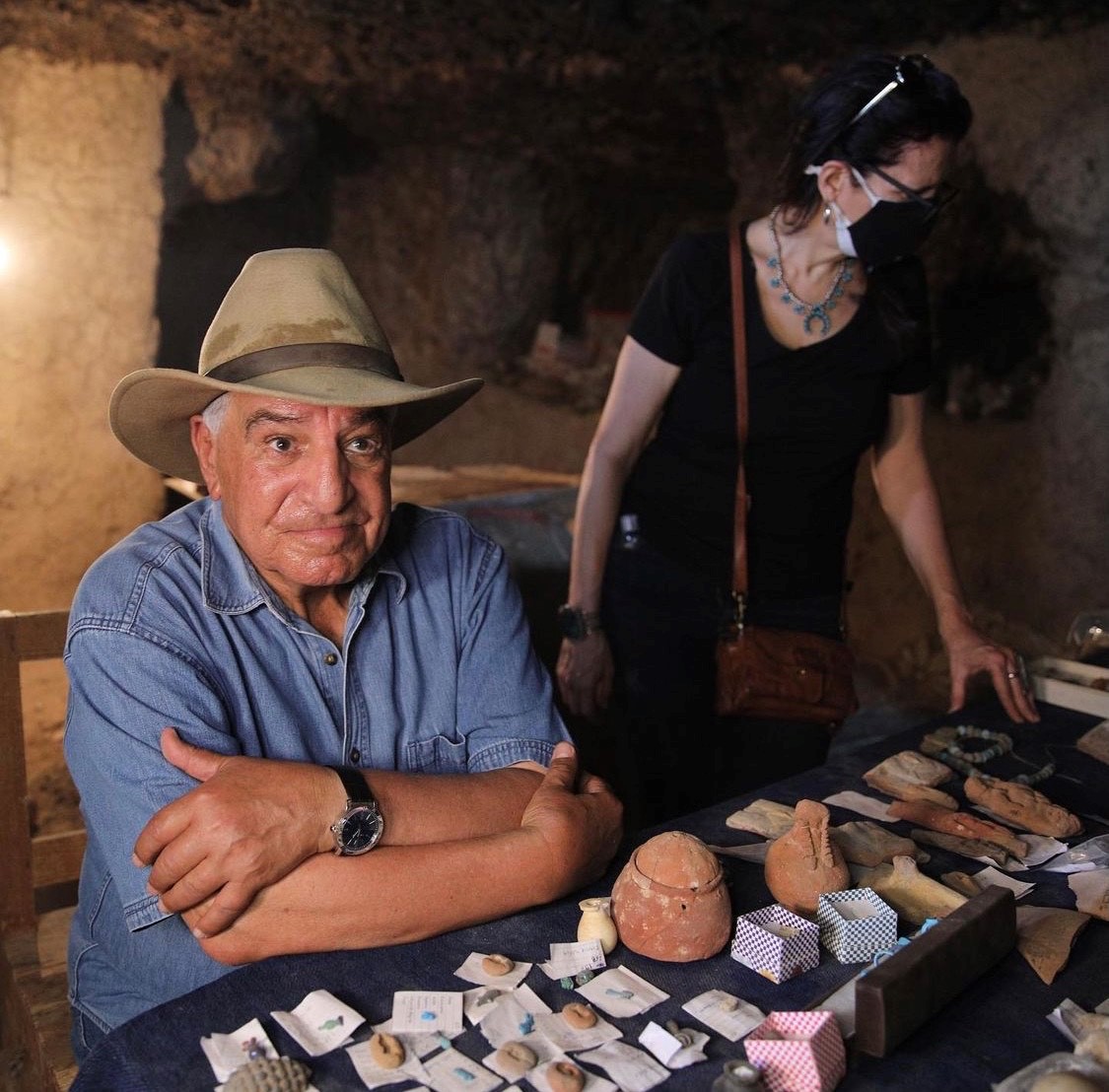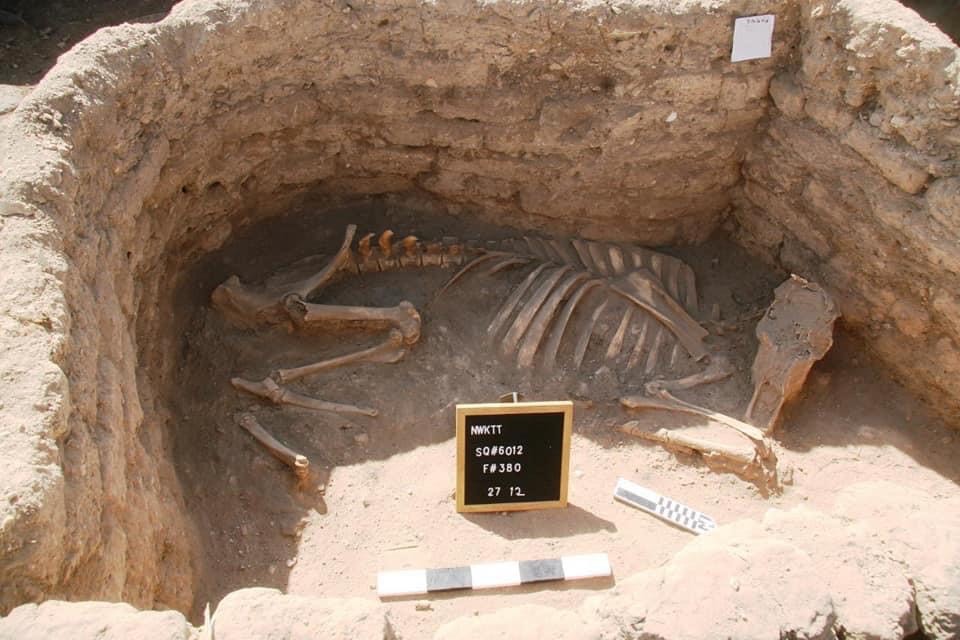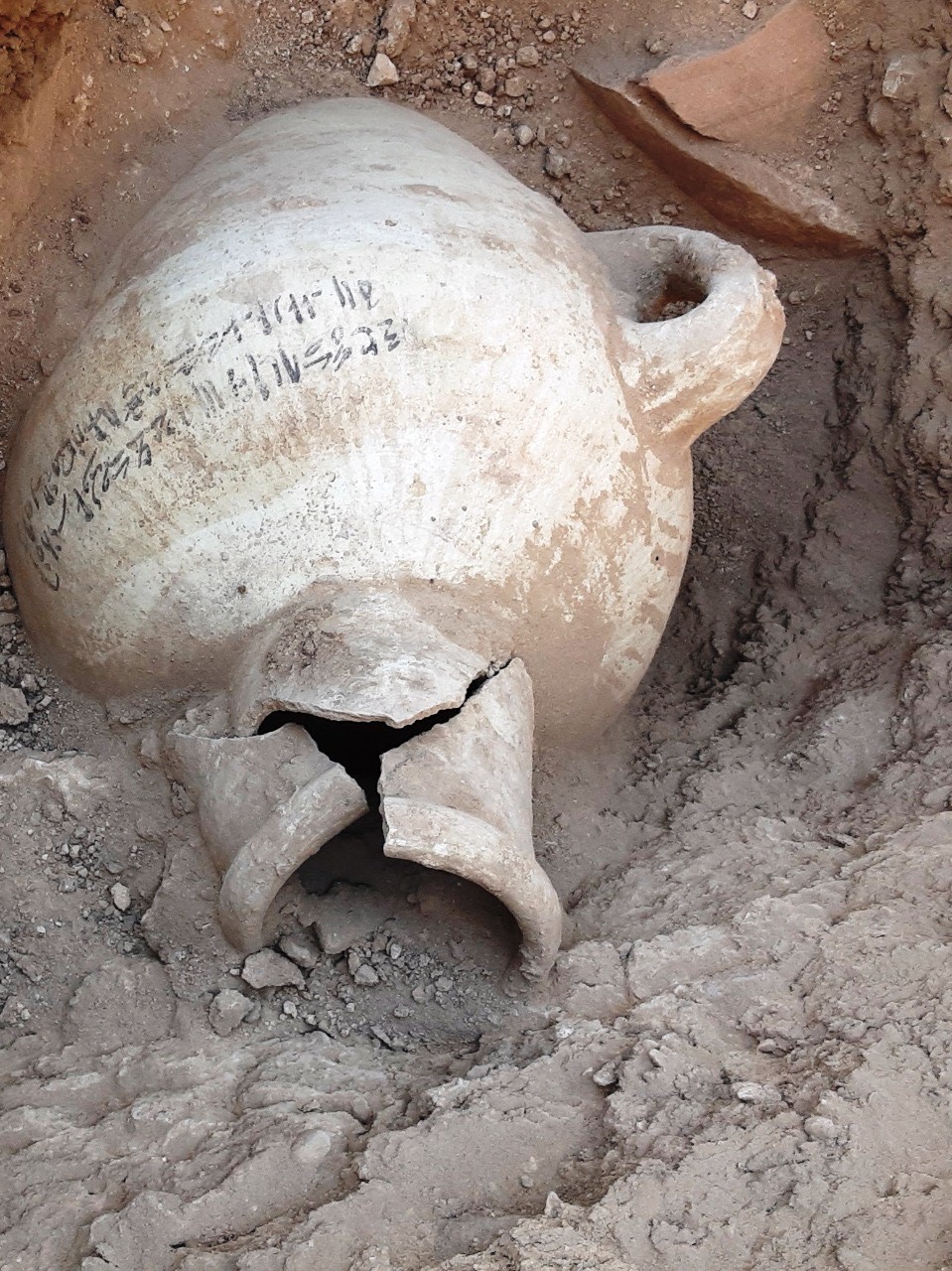April 13, 2021
The Egyptian archaeological mission under the supervision of Dr. Zahi Hawass has found a city called “The Rise of Aten” that for thousands of years stayed lost under the sand.
It is believed to be the second most important archeological discovery since the tomb of the golden king Tutankhamun was unearthed in 1922 by Howard Carter. The newly found city is around 3500 years old and dates back to the reign of Amenhotep III. Many archaeological finds such as rings, scarabs, colored pottery vessels, and mud bricks bearing seals of King Amenhotep III's cartouche confirmed the dating of the city.
Excavations carried out by Dr. Hawass at the site started in September 2020 and within weeks, to the archaeological team's great surprise, formations of mudbricks began to appear. The archaeological layers laid untouched for thousands of years, left by the ancient residents. Dr. Hawass has noted that many foreign missions searched for this city but remained unsuccessful in their attempts to find it.
The city’s streets are flanked by houses, with some of their walls being up to three meters high. Several neighborhoods were revealed within the city such as food preparation areas, administrative and residential districts, and crafts production facilities. A zigzag enclosure wall, a rare architectural element in ancient Egypt, was also found. To the north, a large cemetery was uncovered, the extent of which has yet to be determined.
Two unusual graves of a cow or bull have been uncovered so far. A human grave was also found. The skeleton of a man had its arms outstretched to the side, and remains of a rope wrapped around the knees. Both the location and position of the skeleton are rather odd, and further investigation is needed to determine the motives behind such burial.
According to research, the city was suddenly abandoned at some point and the capital relocated to Amarna.
But was it? If so, then why? And was the city repopulated again when Tutankhamun returned to Thebes?
Only further excavations of the area will be able to answer such questions and reveal what truly happened 3500 years ago. The new discovery will certainly shed new light on the life of ancient Egyptians.











Stefan Wulf
If you wish to receive more information on our new tours, events and news of our portal, please enter your e-mail address:
